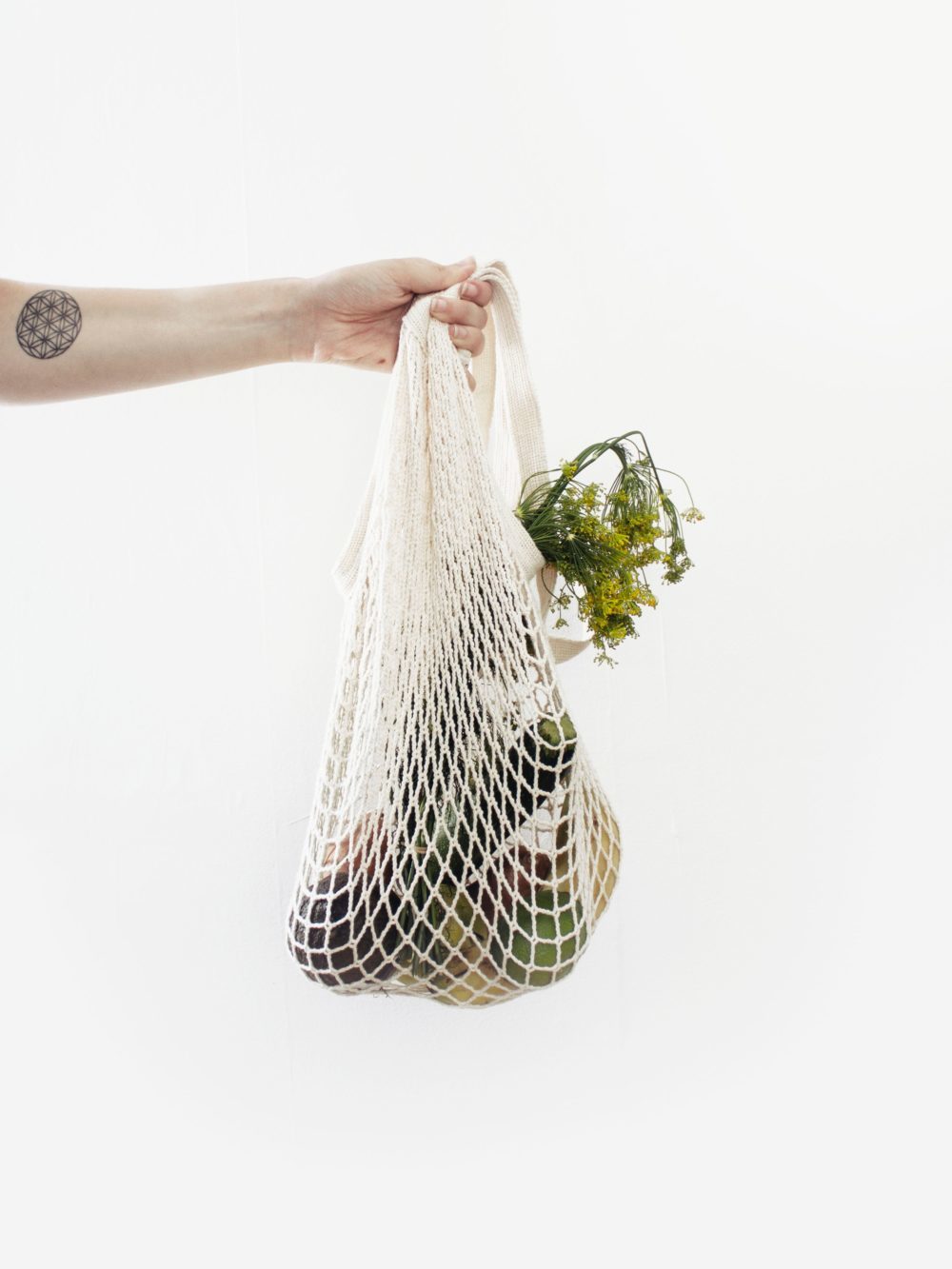In an informal Instagram survey, a reader recently wanted to know more about grocery sources. Her question: “Do you buy all fruits/vegetables organic, or do you follow Dirty Dozen/Clean 15?” So here’s a look at these labels, which get updated each year, and how you might use them when you grocery shop.

In 2018, most Americans know about pesticides, those substances used to kill pests, such as weeds or insects, on plants, as well as the associated risks of using them. According to the Center for Disease Control, the related health effects, which range from hormonal problems to cancer, depend on the chemical, the type of exposure and the length of exposure. They represent particular risk for children, though, says the CDC: “Evidence suggests that children are at greater risk of illness or injury from exposure to pesticides in general, including effects on brain development.”
With this in mind, modern consumers are asking more questions about their food sources. As such, many consult the annually published list that designated which foods have the most and least traces of pesticide residue: Dirty Dozen/Clean 15(TM).
The EWG’s Yearly Report
This widespread knowledge of pesticides and foods containing pesticides is, at least in part, thanks to American advocacy organization the Environmental Working Group. Since 2004, the EWG has published a yearly report detailing pesticide contamination of 47 widely eaten fruits and vegetables. The Shoppers Guide to Pesticides in Produce(TM) is based on results of more than 38,800 samples of produce tested by the U.S. Department of Agriculture and Food and Drug Administration. In it, consumers find updated information on which 12 items rank highest (or worst) for pesticide contamination, as well as which 15 items rank lowest (or best).
Highlights from the 2018 Study
The 2018’s Clean 15/Dirty Dozen listing came out six months ago, in April. In a summary, Senior Analyst Sonya Lunder wrote, “Many shoppers don’t realize that pesticide residues are common on conventionally grown produce – even after it is carefully washed or peeled. EWG’s analysis of tests by the U.S. Department of Agriculture found that nearly 70 percent of samples of conventionally grown produce were contaminated with pesticide residues.”
Some other interesting discoveries pointed out in the study include:
- “Twenty-five years after the National Academy of Sciences issued a landmark report raising concerns about children’s exposure to toxic pesticides through their diets, Americans still consume a mixture of pesticides every day.”
- “Women who reported eating two or more servings per day of produce with higher pesticide residues were 26 percent less likely to have a successful pregnancy during the study than participants who ate fewer servings of these foods,” according to an EWG study.
- Each of the foods on the Dirty Dozen “tested positive for a number of different pesticide residues and contained higher concentrations of pesticides than other produce.”
- “More than 98 percent of samples of strawberries, spinach, peaches, nectarines, cherries and apples tested positive for residue of at least one pesticide.”
- One of the worst offenders was spinach, which, on average, showed “1.8 times as much pesticide residue by weight than any other crop.”
The 2018 Clean 15/Dirty Dozen Lists
The reasoning behind an annual list detailing traces of pesticide residue is to help the consumer. Anyone who grocery-shops knows that organic produce tends to cost more money than conventional produce. Many people can’t afford to buy all organic. So when a shopper wants to eat a diet rich in fruits and vegetables while still minimizing risks from pesticide exposure, the list is a great resource. It empowers you to choose the conventional (cheaper) foods that are known to be lower in pesticides and save your organic purchases for the foods where pesticide traces are more rampant.
Here’s are the current rankings, for 2018:
The Clean 15 (i.e., the foods safer to buy conventional)
- Avocados
- Sweet corn*
- Pineapples
- Cabbages
- Onions
- Frozen sweet peas
- Papayas
- Asparagus
- Mangoes
- Eggplants
- Honeydews
- Kiwis
- Cantaloupes
- Cauliflower
- Broccoli
*a disclaimer about buying corn: while less than 1% of the tested sweet corn showed traces of pesticides, according to the USDA, a small percentage is genetically modified. Because federal law does not require genetically modified foods to be labeled as such, the only way to 100% avoid GMO corn is to buy organic.
The Dirty Dozen (i.e., the foods to prioritize buying organic)
- Strawberries
- Spinach
- Nectarines
- Apples
- Grapes
- Peaches
- Cherries
- Pears
- Tomatoes
- Celery
- Potatoes
- Sweet bell peppers
A Few Other Facts Worth Noting from the Study
- Eating organic foods lowers the amount of pesticides you consume. “A 2015 study by scientists at the University of Washington found that people who report they often or always buy organic produce had significantly lower quantities of organophosphate insecticides in their urine samples. This was true even though they reported eating 70 percent more servings of fruits and vegetables per day than adults who reported they rarely or never purchase organic produce.” (read more)
- As stated above, pesticide exposure has shown to be especially harmful to children. “In 2012, the American Academy of Pediatrics issued an important report that said children have “unique susceptibilities to [pesticide residues’] potential toxicity.” The organization cited research that linked pesticide exposures in early life to pediatric cancers, decreased cognitive function and behavioral problems.” (read more)
For affluent shoppers who care about health, buying all organic is the safest and best way to avoid pesticide exposure. For shoppers with lower incomes or tight budgets, using the Clean 15/Dirty Dozen lists helps inform the way you shop.


